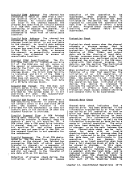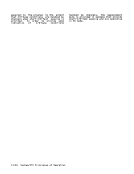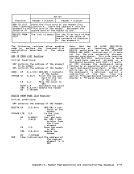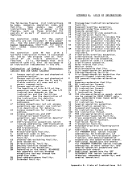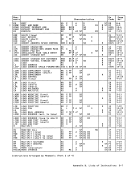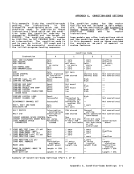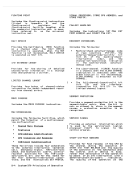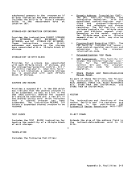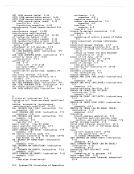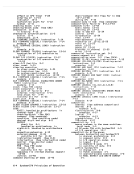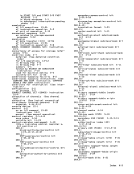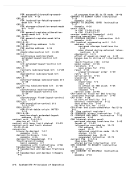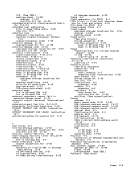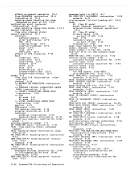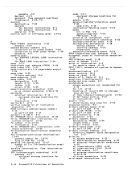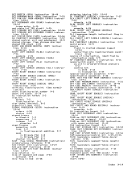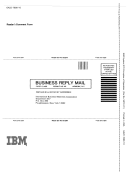special-operation exception if execution
is attempted in theBC mode: EXTRACT PRIMARY ASN EXTRACT SECONDARY ASN INSERT ADDRESS SPACE CONTROL INSERT VIRTUAL STORAGE KEY MOVE TO PRIMARY MOVE TO SECONDARY PROGRAM CAll PROGRAM TRANSFER
SET ADDRESSSPACE CONTROL SET SECONDARY ASN Programming Notes
1. TheBC mode provides a PSW format
that is compatible with thePSW of
System/360.
2. The choice between theEC and BC modes affects only those aspects of
operation that are specifically
defined to be different for the two
modes. It does not affect the
operation of any functions that are
not associated with thePSW control
bits provided only inthe EC mode,
and, except for those listed above,
it does not affect the validity of
any instructions. The instructions
SET SYSTEM MASK,STORE THEN AND SYSTEM MASK, and STORE THEN OR SYSTEM MASK perform the specified
function on the leftmost byte of
thePSW regardless of the mode
specified by the currentPSW. On the other hand, the instruction SET PROGRAM MASK introduces a new
program mask regardless of thePSW bit positions occupied by the mask. Chapter 4. Control 4-5
is attempted in the
SET ADDRESS
1. The
that is compatible with the
System/360.
2. The choice between the
operation that are specifically
defined to be different for the two
modes. It does not affect the
operation of any functions that are
not associated with the
bits provided only in
and, except for those listed above,
it does not affect the validity of
any instructions. The instructions
SET SYSTEM MASK,
function on the leftmost byte of
the
specified by the current
program mask regardless of the







































































































































































































































































































































































































































